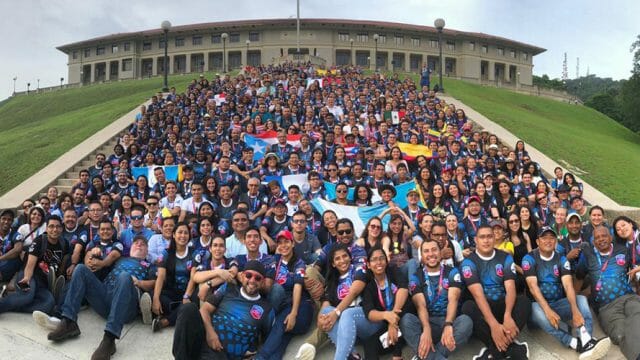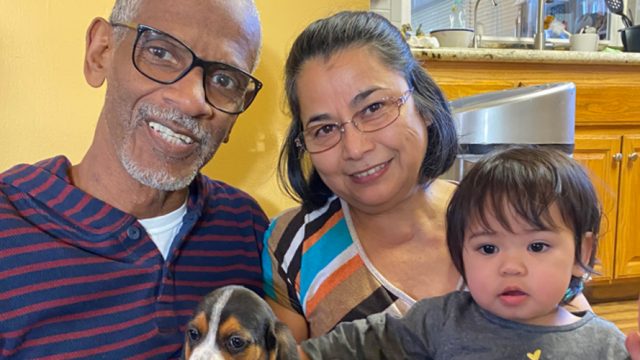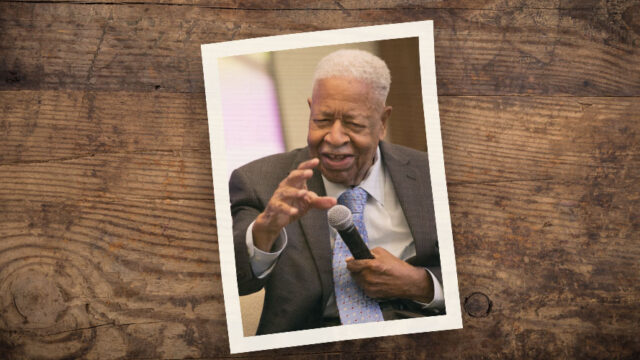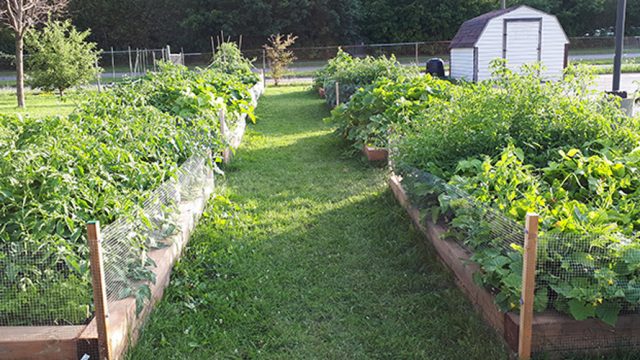What happens after COVID?

The novel coronavirus has amputated a huge chunk of the global economy. Affected countries, businesses, households, and individuals are grasping for a path back to regeneration and recovery. Crises, however, are also opportunities to reexamine our understanding of economic well-being, adjust our assumptions and behavior, and emerge better able to cope.
A Dismal Overall Picture
Three months into the 2020 pandemic, the International Monetary Fund (IMF) estimated that the gross domestic product (GDP)—a measure of goods and services produced—will contract by more than 6 percent this year and cautioned that it could get much worse.1 COVID has caused millions of small businesses, which usually have little financial cushion, to close. Large corporations and retail chains have lost almost all their revenues (at least temporarily), and entire sectors such as tourism and inside dining have collapsed significantly. I make regular roundtrips between the United States and Europe. I now see scores of passengers where previously I encountered thousands. This is resulting in devastating consequences for the travel industry.
A Growing Human Toll, Impacting Minorities Disproportionately
More than 30 million people worldwide have tested positive for COVID-19, nearly a million have died, and some of the wealthiest nations are struggling to keep the lid on new infections and deaths. By June 2020, COVID-19 was causing one death per minute in the United States and was on course to become the third leading cause of death after heart disease and cancer. Massive temporary job losses around the world, numbering about 400 million during the second quarter, add to human misery and grief. Women, who have multiple demanding roles, are particularly hard hit. Some are coping with increased domestic violence.
Racial and ethnic minorities are disproportionately impacted in the United States, where “infection rates are more than 3-fold higher and death rates are 6-fold higher in predominantly black/African American counties compared to predominantly white counties.” 2 In California, LatinX represent 70 percent of all COVID-19 deaths among people 18-49 years old despite making up only 43 percent of the population.”3 In the United Kingdom, early reports estimate that as many as 60 percent of health workers dying from COVID-19 are Black, Asian, and minority ethnic.4 This differential impact has triggered a vigorous and necessary debate about root causes, such as preexisting disadvantages and discriminatory access to opportunity and quality health care.
Concurrently, extreme weather is causing extensive damage to property and livelihoods on almost all continents, compounding problems such as the infestation of locusts in some regions. The rate of hydrological, climatological, and meteorological disasters has nearly tripled in recent decades; so, too, has the number of infection diseases outbreaks. In April 2020, the United Nations warned that famines of “biblical proportion” loomed.5 Meanwhile, highly publicized police-involved deaths of African Americans in the United States and elsewhere have triggered protests around the world.
The Impact on the Adventist Community
The Adventist community has not been spared, although the impact so far appears to differ by region, institution, and congregational clusters. At some division levels, preliminary second quarter numbers indicate that for many, tithe receipts are only marginally lower. A few divisions have taken a bigger hit and have furloughed workers. This is also true of the General Conference, which depends heavily on mission offerings. Our colleges and universities, especially those with large foreign student populations, have to ascertain ways to provide a quality education virtually in the face of reduced revenues. For many of our primary and secondary schools, registration and fees are significantly lower.
As a people who strongly advocate healthful living, Adventists likely may have a low incidence of COVID-19 deaths, but I do not have comprehensive data as yet to confirm or invalidate this hypothesis. In June, Spectrum magazine reported “nearly 200” deaths in the Atlantic Union Conference,6 which includes hard-hit New York with its membership of more than 127,000. Still, the pandemic has precipitated innovations in online giving, community outreach, and civic engagement. The West Kenya Union recently rolled out a convenient giving platform using Mobile (Phone) Money Technology, M-Pesa. At my home church in Maryland, 100 percent of giving is now done online, and the total amounts are comparable to or better than last year. Community food distribution increased from about 150 to 200 families every two weeks to between 900 to 1,200 per week. The local NBC television affiliate came uninvited to report, attracted by a nearly mile-long line of waiting cars.
Regeneration and Healing
No economist can accurately predict how much the pandemic will further slice off global GDP or how much more human misery it will unleash in the year ahead. Three points, however, are clear:
First, governments should provide accurate information that citizens can trust and act upon. Governments should also help to create conditions for business and consumer confidence to rebound and should work with their peers to minimize the risk of negative spillovers from one country to the next. None should act self-righteously as global crises can begin almost anywhere—the Great Recession of 2008 began in the United States.
Second, you and I have an indisputable responsibility to do well by doing good—as neighbors who look out for other neighbors, as business owners who are generous with our employees, as employees who go the extra mile for our peers, as friends who “bear one another’s burdens,” and as church members who remain faithful in our giving and doing even more as we are blessed. There is no room for compassion fatigue.
Third, we must accept the unmistakable reality that threats like the ones we currently face globally will continue to recur. This was the conclusion of the last significant body of professional work that I led on global crisis risks before my retirement in 2018. And it is perhaps the most critical warning that the New Testament scriptures sound: life and living on earth will get worse and worse before Jesus returns. We must be ready for disaster; we must be ready to serve sacrificially; we must be ready in spirit to meet Him when He comes. It behoves us to be prepared and to stay prepared.
1https://www.imf.org/en/Publications/WEO/Issues/2020/06/24/WEOUpdateJune2020.
2 https://jamanetwork.com/journals/jama/fullarticle/2764789.
3 https://www.apmresearchlab.org/covid/deaths-by-race.
4 https://www.theguardian.com/world/2020/may/25/six-in-10-uk-health-workers-killed-by-covid-19-are-bame.
5 https://www.uneca.org/content/un-food-relief-agency-‘famines-biblical-proportion-loom’.
6 https://spectrummagazine.org/news/2020/nearly-200-deaths-metro-new-york-sda-churches-ravaged-covid-19.








